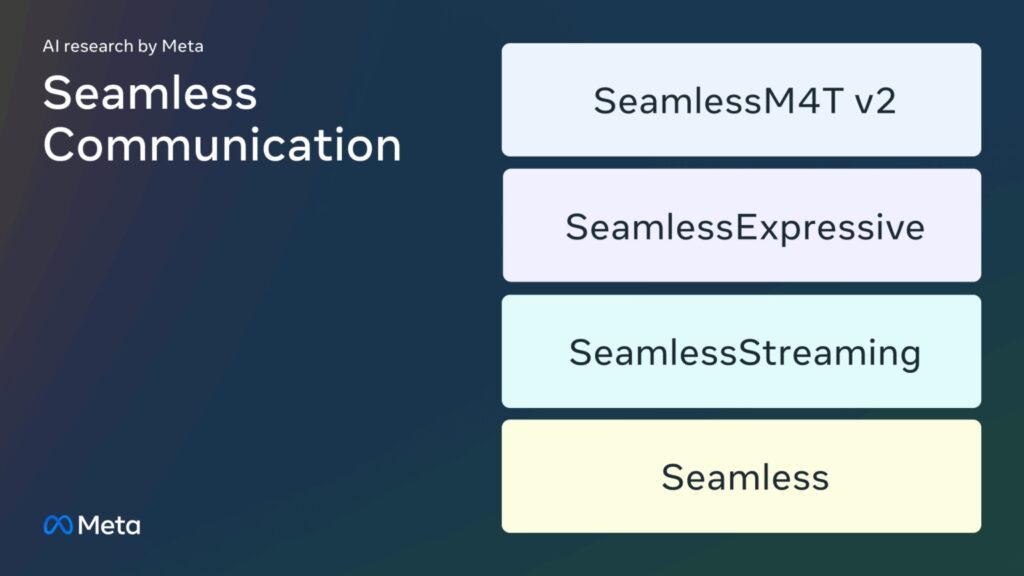
12-5 #Humanity : Samsung Galaxy S25 and S25 Plus will allegedly drop ISOCELL; Samsung is reportedly readying a proper 200Mp 1” ISOCELL camera for smartphones; Apple is reportedly planning to include the Action button on the entire iPhone 16 range; etc.

Siemens AG has announced that it signed a Memorandum of Understanding (MoU) with Intel on cooperation in the field of digitalization and sustainability in microelectronics manufacturing. The companies will focus on developing future manufacturing, improving factory operations and cybersecurity, and supporting a sustainable global industrial ecosystem. It was also said that various initiatives, including optimizing energy management and addressing carbon footprints across the value chain, will be key areas of collaboration. (CN Beta, Siemens, Reuters)
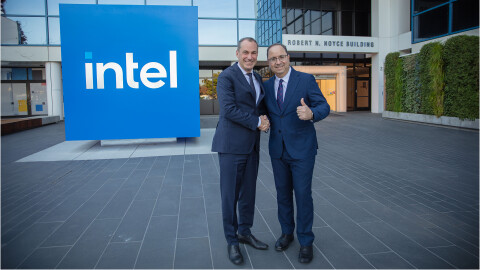
Over the next 2 years Intel will place orders worth USD14B with foundry TSMC, according to Taiwan-based semiconductor analyst Andrew Lu. Intel will order USD4B of 3nm chips for its Lunar Lake personal computer processor from TSMC in 2024. This will be followed by orders worth USD10B in 2025. Intel’s Meteor Lake and Arrow Lake processors are expected to precede the Lunar Lake processor into the market in 2024. The three chiplet-based processors are said to be based on the Intel-4, Intel-18A and Intel-20A manufacturing processes, respectively. They are also being cited as being indicative of Intel’s aggressive drive to introduce 5 nodes in 4 years. Once Intel starts outsourcing to TSMC the company will find it difficult to go back. He also reportedly expects TSMC to be making 15,000 wafers per month at the 3nm node for Intel by end of 2024 and to move to 30,000 wafers per month at 3nm in 2025. (GizChina, Tom’s Hardware, eeNews Europe, Xinzhixun, Ijiwei, Wealth)
In 1H23, Qualcomm originally expected to restart the “dual-wafer foundry model” in 2024, assigning Snapdragon Gen 4 to the two major wafer foundries, TSMC and Samsung. However, it is rumored that Samsung is restricting the 3nm production expansion in 2024. With a conservative attitude, it may not be able to meet the number of wafers required by Qualcomm. Therefore, Qualcomm has announced that it will continue the exclusive foundry model of TSMC in recent years. It will not return to the dual-wafer foundry model of TSMC, Samsung and other companies until 2025 at the earliest. After TSMC’s wafer foundry has included a large order for the Snapdragon Gen 4 flagship mobile phone chip to be launched by Qualcomm in 2024, it is expected to push TSMC’s 3nm process production capacity to maintain a high utilization level, and the monthly production capacity is expected to increase by a scale of 100,000 pieces, TSMC’s 3nm revenue will account for 10% in 2024. (Android Authority, TechNews, Wealth, UDN, UDN)
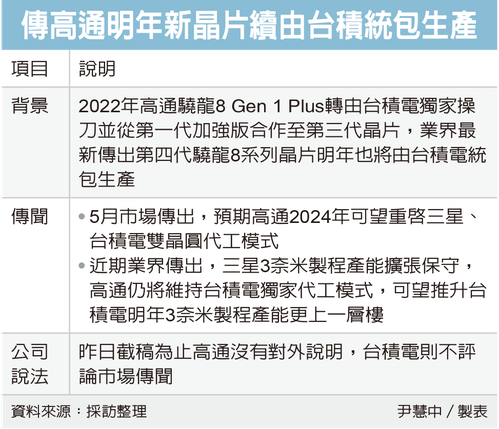

Apple is reportedly planning to include the Action button on the entire iPhone 16 range. On the iPhone 15 Pro and Pro Max, the Action button provides iPhone users with a variety of uses. It can be configured to perform a range of functions. With the iPhone 16 lineup, Apple plans to add even more functionality to the Action button, internal codenamed “Atlas”, by changing the button from mechanical to a capacitive-type button. The updated Action button will feature a force sensor, which detects changes in pressure, as well as “tact-switching functionality”. Apple has also experimented with different sizes for the Action button, with certain hardware configurations featuring an Action button larger than the one currently found on the iPhone 15 Pro, and more closely resembling the volume buttons in size. (GSM Arena, MacRumors)


Samsung Galaxy S25 and S25 Plus will allegedly drop Samsung ISOCELL sensors as the main camera in favor of a Sony image sensor. Samsung has generally relied on its in-house ISOCELL sensors for the main camera of its high-end smartphones. For example, the Galaxy S23 and S23 Plus reportedly use the 50Mp Isocell GN3 (1/1.57” sensor size, one-micron pixel size). (Android Authority, Twitter)
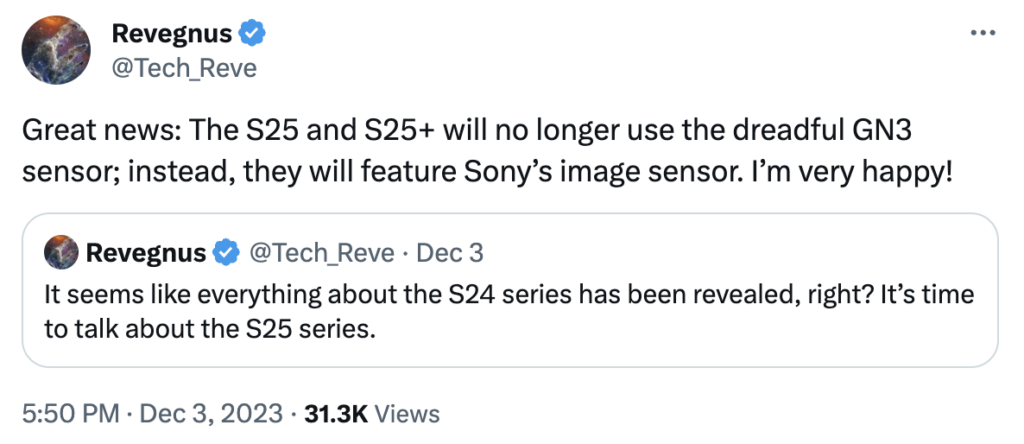
Samsung’s Camera Assistant Good Lock module, aimed at bringing camera enhancements to its flagship devices is arriving on a couple of midranges. Samsung is bringing the Camera Assistant module to the Galaxy A53 and Galaxy A54. With its appearance, Samsung has provided a small update for eligible devices through version 2.0.01, which applies “stabilization code”. Camera Assistant brings “High Resolution” settings to the Galaxy A53 and A54. This new menu houses “Upscale Resolution” and “Adaptive Pixel” options. The latter is stated to help reduce noise in photos for devices snapping photos in low-light situations. (Android Central, SamLover)
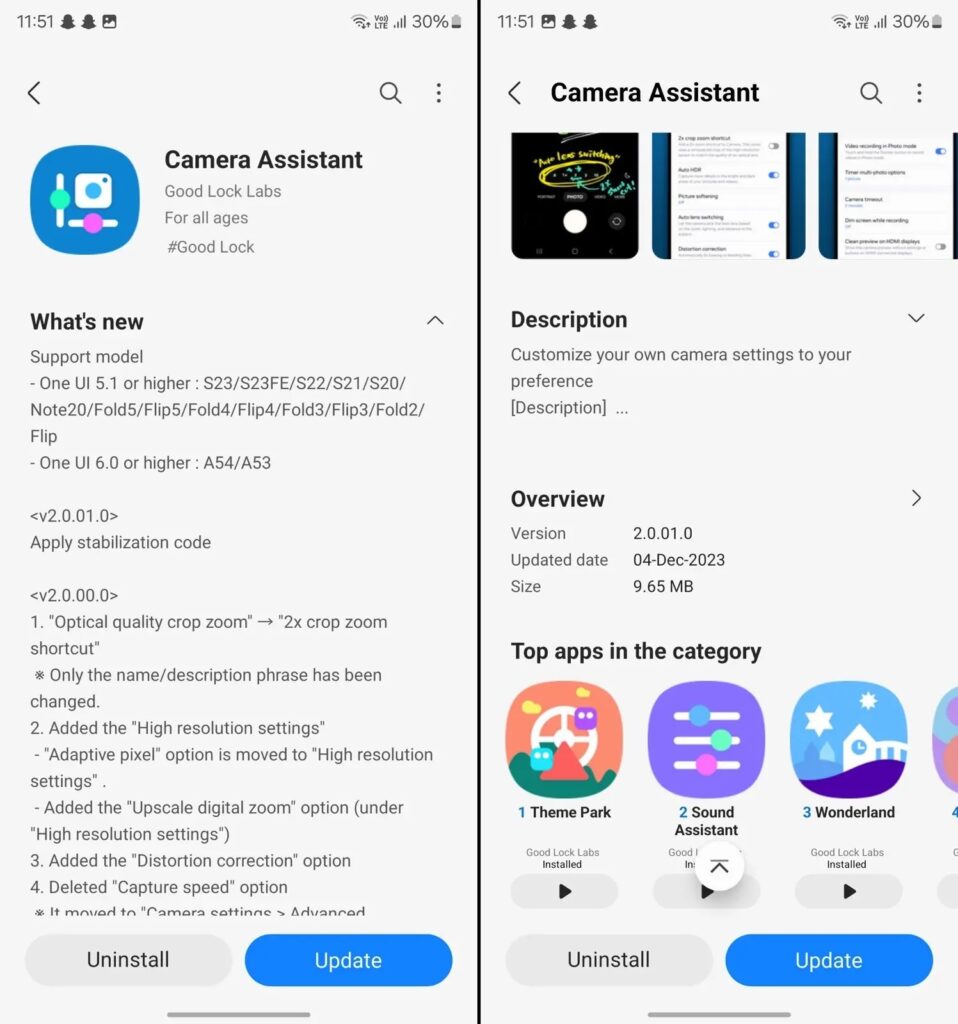
Samsung is reportedly readying a proper 200Mp 1” ISOCELL camera for smartphones, possibly for future Galaxy flagships for 2024. The unnamed ISOCELL camera has an optical format size of 1/0.98” and features 0.8μm pixels. It also boasts Horizontal and Vertical Dual Pixel Autofocus (H/V DPAF) and 4x in-sensor zoom (ISZ). The sensor should be fast in focusing on objects and offer lossless crop zoom at up to 4 times magnification. (Android Headlines, Twitter)

According to TF Securities analyst Ming-Chi Kuo, Largan and Sunny Optical are the leading manufacturers of glass-plastic hybrid lenses. Due to Largan’s more extensive production experience and its existing advantages in plastic lenses, Largan currently has a higher advantage over Sunny Optical. The 1G6P lens that Huawei will use, which costs about USD12 at the prototype stage, will be reduced to USD6–7 in mass production due to improved yield rates. The use of glass-plastic hybrid lenses in Apple iPhone 15 Pro Max and Huawei P70 Art indicates new critical trends in the lens industry, including 1) The use of molding/spherical glass in glass-plastic hybrid lenses instead of the lower performance wafer-level glass (WLG), 2) 8P lenses facing competition from 1G6P, with the latter’s advantages in lower height and gradually improving cost difference compared to 8P, 3) The glass-plastic hybrid lens as a better solution to solve lens deformation caused by CCM design, and 4) After Apple and Huawei’s use of glass-plastic hybrid lenses, other brands’ high-end models are likely to follow suit in the future. (CN Beta, Twitter, Medium)
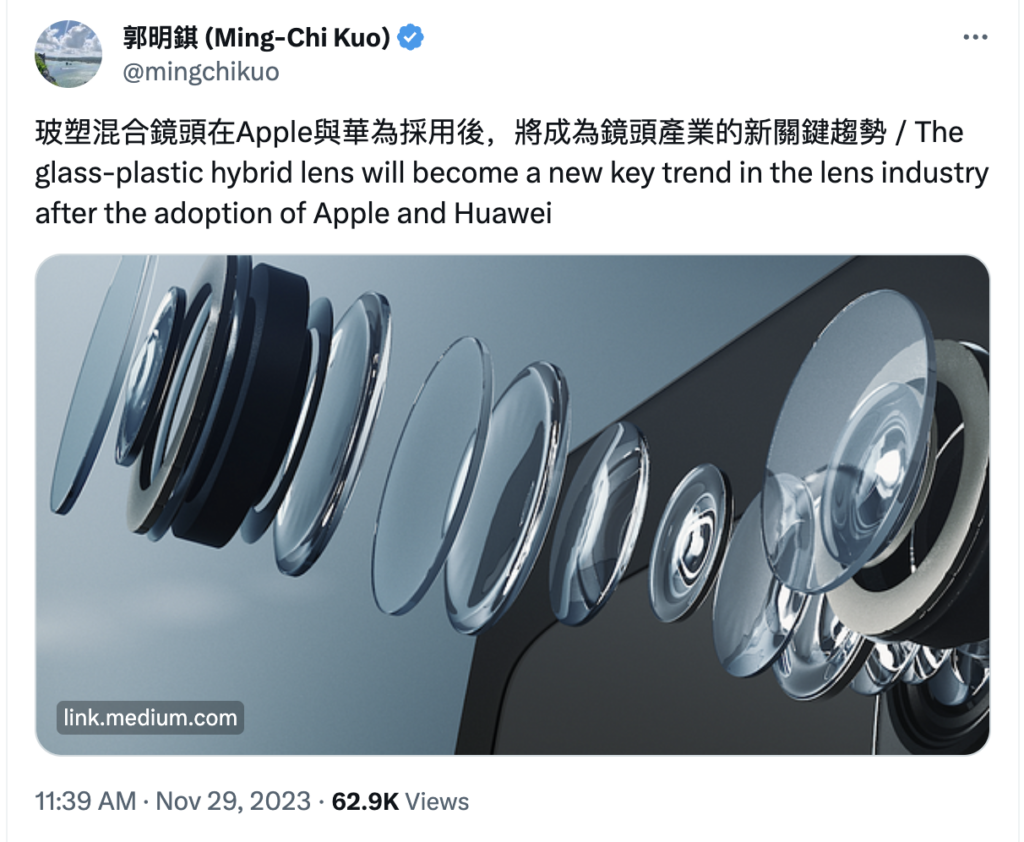

Xiaomi has allegedly initiated tests on a single-point ultrasonic fingerprint sensor. Though its use on an upcoming Xiaomi device remains uncertain and is currently under active testing, a high probability of its use is prompted for its upcoming ultra flagship scheduled for 2025. It will be Xiaomi’s second venture into the use of an ultrasonic fingerprint sensor. Xiaomi’s history with ultrasonic fingerprint technology dates back to 2016 when they introduced the world’s first non-porous ultrasonic fingerprint recognition on the Xiaomi 5s. (Gizmo China, IT Home, OfWeek)


Samsung announced the Bixby Text Call feature roughly a year ago, letting user type out messages to a caller and have it be read aloud to them. Google has announced that this capability is coming to Android. Google claims that users soon have the ability to reply during phone calls by texting a response that is read aloud — making it possible to take calls without needing to hear them or respond with user’s voice.(Android Authority, Google)
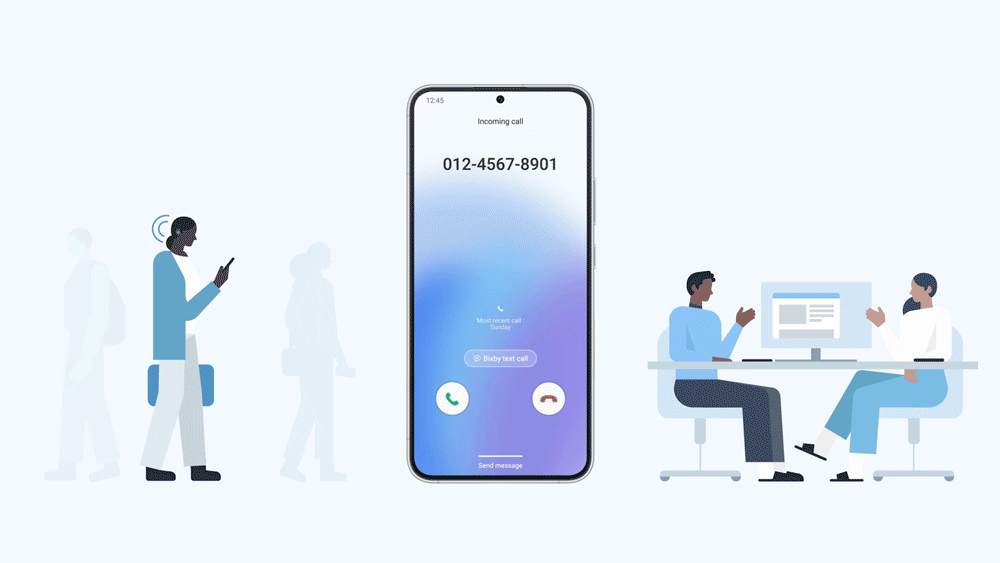
According to Daniel Ek, co-founder and CEO of the Swedish audio streaming platform Spotify, approximately 17% of the workforce will be reduced. A quick calculation based on the latest quarterly report reveals this is about 1,500 of the total 9,241 employees worldwide. (GSM Arena, Spotify)
itel has released a new logo for its brand identity. The changes to the itel brand coincide with its 8th year of operation in India and 16 years of existence. It marks a pivotal moment in its evolution as a global smartphone brand. The new itel logo embodies the brand’s commitment to innovation, accessibility, and customer-centered philosophy. The new itel logo adopts a modern and vibrant design that aligns with smart living and youthfulness. It encapsulates the brand’s promise to “Enjoy Better Living”.(Gizmo China, Brand Equility, Financial Express)
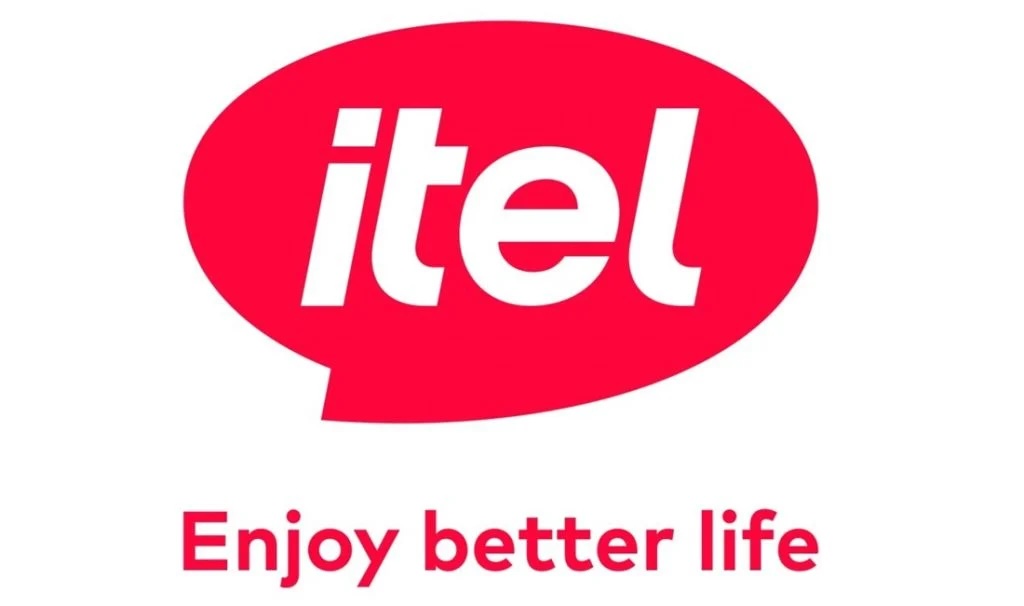
Global smartphone shipments in 2023 are projected to decline 5% YoY to reach 1.2B, the lowest level in almost a decade, according to Counterpoint Research. However, the shipments are expected to increase by 3% YoY in 4Q23 to reach 312M units. North America (NAM) and Europe’s shipments are expected to remain stagnant. But China and emerging markets such as the Middle East and Africa (MEA) and India have managed to break out from their declines and will recover to become the new drivers of growth in the smartphone market from 4Q23 onwards. After destocking efforts end with a relatively healthy inventory by the year-end, smartphone shipments in 2024 are projected to grow by 3% YoY. We can also expect a recovery focused on emerging markets, backed by increasing consumer confidence and improving macroeconomic conditions. (CN Beta, Counterpoint Research)
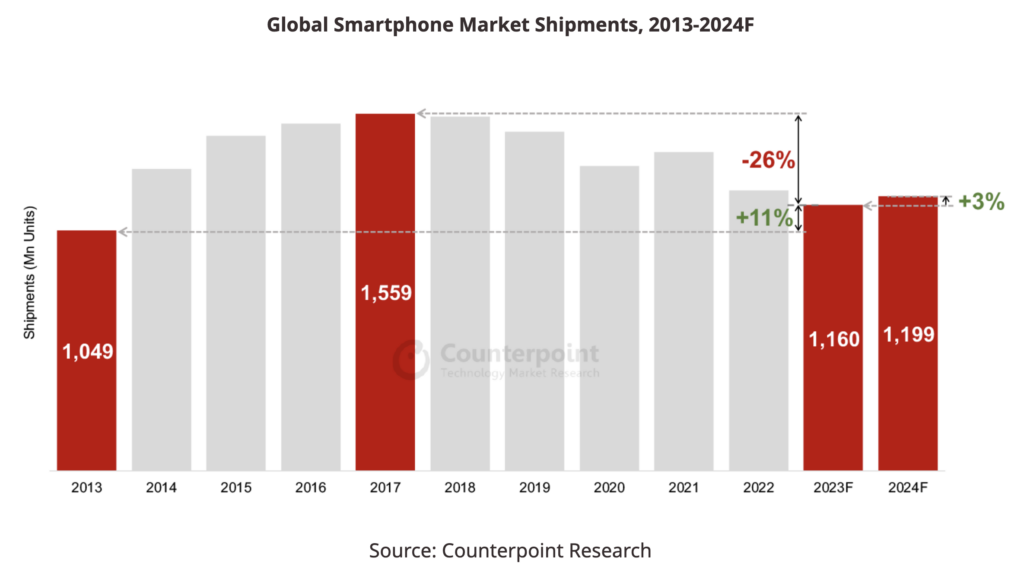

Global smartwatch shipments increased 9% YoY in 3Q23, according to Counterpoint Research. The primary drivers of this growth were the sustained strong performance of the Indian market led by Fire-Boltt, as well as Huawei’s tremendous rebound in China. The Indian market, which has been powerfully leading the Basic smartwatch (i.e., running a lighter version of an OS, with no ability to install third-party apps) sector, maintained robust growth in the quarter. The country contributed to 35% of total global shipments, securing its position as the leader in the global market for the third consecutive quarter. (Counterpoint Research)
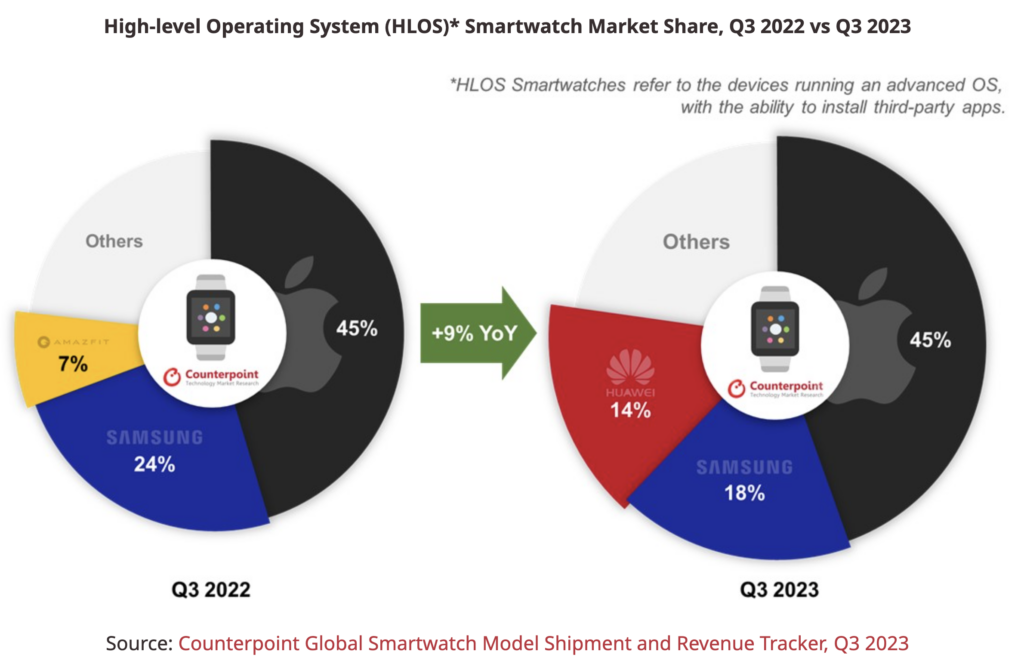

ByteDance’s virtual reality (VR) arm Pico will cut jobs and undertake its biggest overhaul since it was acquired by the TikTok maker 2 years ago as global demand for VR headsets weakens. Pico’s CEO Zhou Hongwei has said that the company would lay off staff from its sales, videos and platform operation teams. Two Pico projects are allegedly delayed due to the layoffs, and Pico 5 is cancelled. (Android Central, Mixed News, TechCrunch, RoadtoVR, Reuters, Twitter)
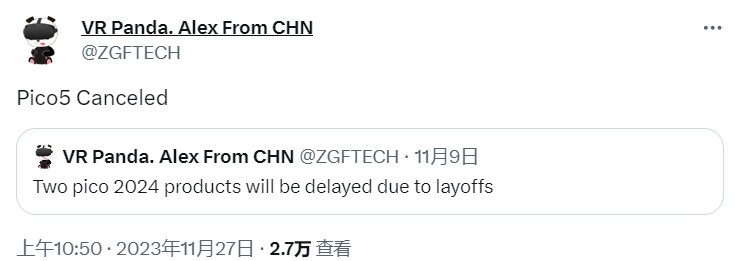
Google is continuing to explore next-gen augmented reality glasses by developing a system to detect connected technology around the home and control it in the virtual space. In the new patent filing, Google explains how an image sensor within a pair of smartglasses could map and identify smart home and entertainment devices within the home. The patent describes how, upon recognition of the device, a pop-up user interface would appear above the device – such as a Nest speaker, or Learning Thermostat, an Android TV, or a smart bulb. Options presented in the user interface could be selected via pointing gestures. (Android Central, Wearable, USPTO)


Samsung and Google are collaborating on a new technology to rival Dolby Atmos. There are 3 core features which make up the technology – vertical audio, AI-based scene analysis and user-customisable audio. The 2 companies have called their technology Immersive Audio Model and Formats (IAMF). The IAMF standard is a way to facilitate device makers being able to use their speakers (TV, or separates) or soundbar to correctly replicate 3D sound and deliver it as intended by content creators. IAMF also employs AI tech to intelligently adjust the audio during playback so that key elements are highlighted. In an action scene with a pumping soundtrack, that might be emphasized, whereas when characters are speaking, the dialogue will be brought up more front and center into the sound stage. (Android Headlines, Samsung, Gizmo China, TechRadar, T3)

In the 3Q23, the global game console market experienced a remarkable surge, marking the strongest Q3 performance since 2017, according to TechInsigts. With an 11% year-on-year increase, the total shipments reached 9.1M units. This upswing follows a robust 1H23, where sales grew by 32% and 19% in 1Q23 and 2Q23, respectively. Sony now holds a commanding 54% market share, a dramatic 42% YoY growth. This period marked Sony’s highest Q3 shipment volume to date and the second-best quarter for PlayStation 5 since its 2020 launch. Riding on this momentum, Sony is on track to meet its ambitious target of 25M total shipments for the fiscal year. To further boost its market presence, Sony plans to unveil a higher-capacity PS5 Slim in 4Q23. (Gizmo China, IT Home, CN Beta, TechNews, TechInsights)
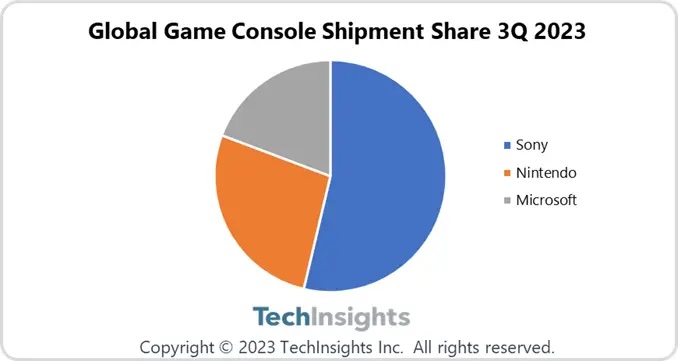

With Apple and Goldman Sachs set to put an end to their Apple Card agreement over the next 12-15 months, Chase Bank could be the ideal partner to step in and take over Goldman Sachs’ role, according to Bloomberg’s Mark Gurman. Gurman said that JPMorgan Chase & Co already works with Apple on several financial initiatives, which is why Chase “makes more sense” than other Apple Card partners that have been proposed, such as American Express. (Apple Insider, Bloomberg, MacRumors)


Meta’s chief scientist and deep learning pioneer Yann LeCun said he believes that current AI systems are decades away from reaching some semblance of sentience, equipped with common sense that can push their abilities beyond merely summarizing mountains of text in creative ways. His point of view stands in contrast to that of Nvidia CEO Jensen Huang, who recently said AI will be “fairly competitive” with humans in less than five years, besting people at a multitude of mentally intensive tasks. (Android Headlines, CNBC)
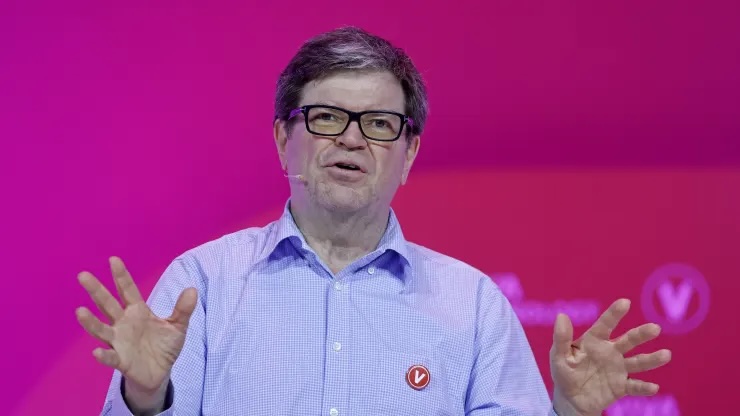
Dynamic Yield by Mastercard, a digital personalization and artificial intelligence subsidiary of Mastercard, has announced the launch of its Shopping Muse generative AI chatbot assistant for e-commerce. According to Dynamic Yield, Shopping Muse is “an advanced generative AI tool that revolutionizes how consumers search for and discover products in a retailer’s digital catalog”. In the case of Shopping Muse, users can make plain-language requests in the context of an online marketplace, and the AI system will generate personalized recommendations via a process Dynamic Yield refers to as algorithmic content matching. (CN Beta, MasterCard, CTech, CoinTelegraph)
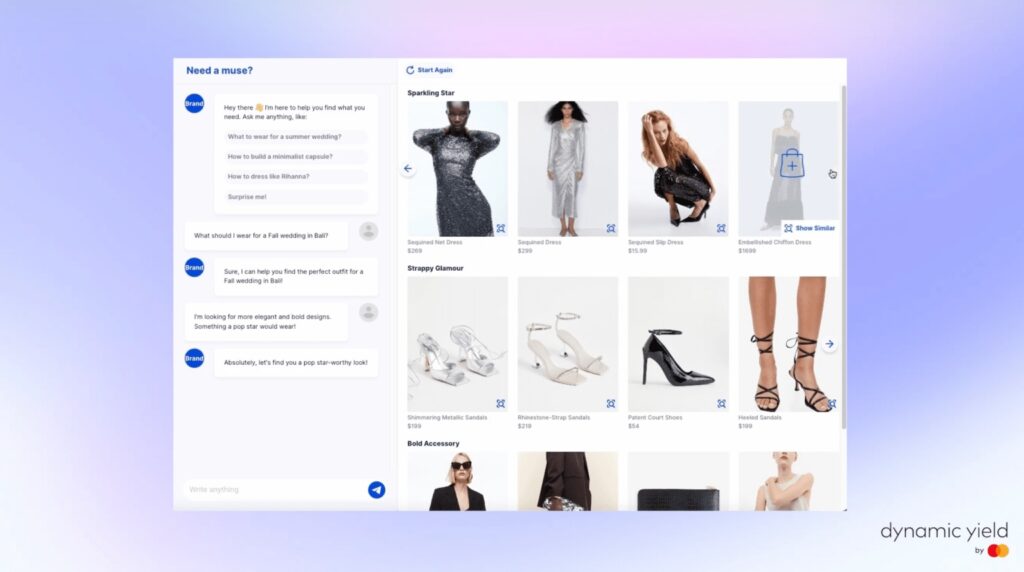
Meta has launched a suite of AI language translation models called Seamless Communication, which consists of 4 AI models. This feature aims to enable more natural and authentic communication across languages. The suite includes three main models: SeamlessExpressive, SeamlessStreaming, and SeamlessM4T v2. These models are designed to preserve expression and intricacies of speech across languages. They also deliver speech and text translations with around two seconds of latency. Furthermore, it allows people to communicate effortlessly through speech and text. Meta claims that the AI suite can “accurately reproduce the speaker’s emotions” and can achieve a delay of only 2 seconds.(GizChina, Meta)
